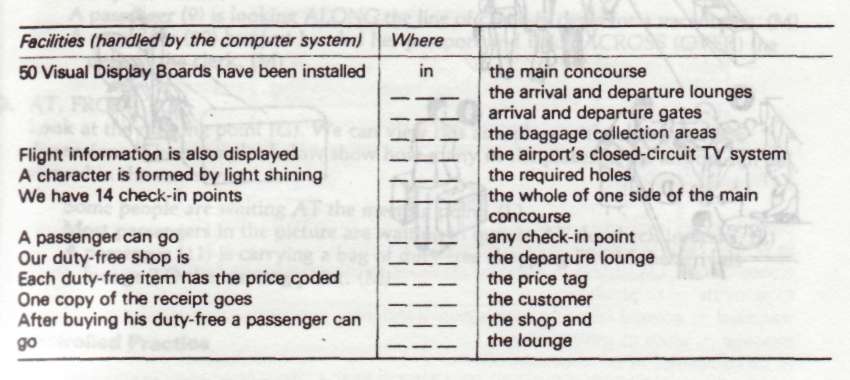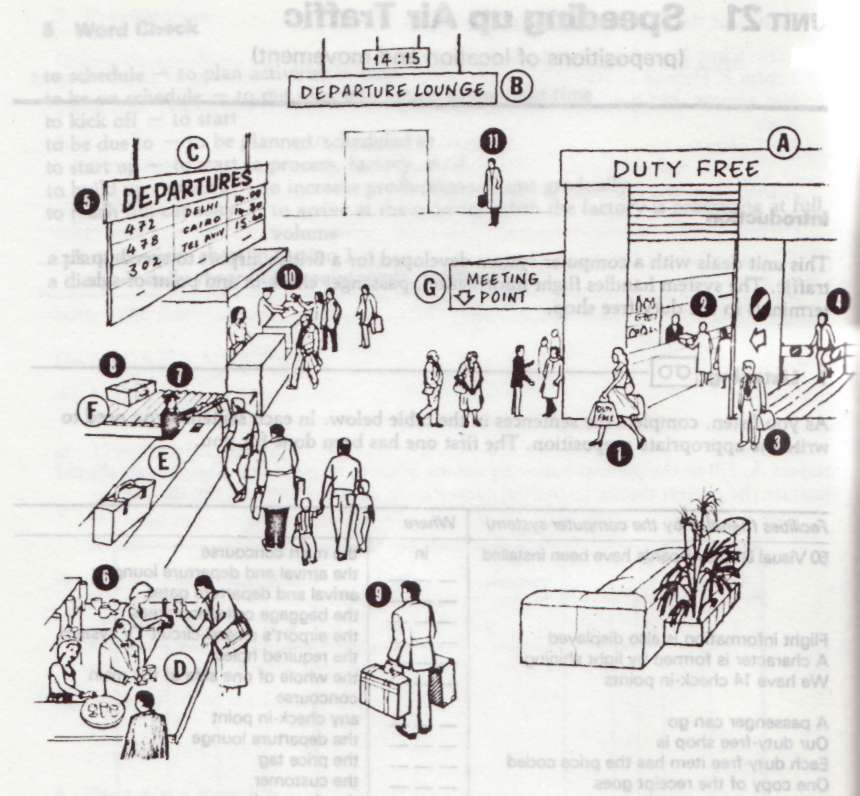
- •Basic technical english
- •Introduction 3
- •Introduction
- •Introduction
- •Introduction
- •Introduction
- •Listening
- •1 Presentation
- •2 Controlled Practice
- •3 Transfer
- •4 Word Check
- •Introduction
- •1 Listening
- •2 Presentation
- •3 Controlled Practice
- •4 Transfer
- •5 Word Check
- •Introduction
- •Listening ------------------------------------------------------------------------------
- •2 Presentation
- •3 Controlled Practice
- •4 Transfer
- •5 Word Check
- •Introduction
- •1 Listening
- •2 Presentation
- •3 Controlled Practice
- •4 Transfer
- •5 Word Check
- •Introduction
- •1 Presentation
- •Controlled Practice
- •Transfer
- •4 Word Check
- •Introduction
- •1 Listening
- •2 Presentation
- •3 Controlled Practice
- •4 Transfer
- •5 Word Check
- •Introduction
- •1 Listening -----------------------------------------------------------------------------------
- •2 Presentation
- •3 Controlled Practice
- •4 Transfer
- •Introduction
- •1 Listening
- •2 Presentation
- •3 Controlled Practice
- •4 Transfer
- •5 Word Check
- •Introduction
- •1 Listening
- •2 Presentation
- •3 Controlled Practice
- •4 Transfer
- •5 Word Check
- •Introduction
- •1 Listening
- •2 Presentation
- •3 Controlled Practice
- •4 Transfer
- •5 Word Check
- •Introduction
- •1 Listening
- •2 Presentation
- •3 Controlled Practice
- •4 Transfer
- •5 Word Check
- •Introduction
- •1 Listening
- •2 Presentation
- •3 Controlled Practice
- •4 Transfer
- •5 Word Check
- •Introduction
- •1 Listening
- •2 Presentation
- •3 Controlled Practice
- •4 Transfer
- •5 Word Check
- •Introduction
- •1 Listening
- •2 Presentation
- •3 Controlled Practice
- •4 Transfer
- •5 Word Check
- •Introduction
- •1 Listening
- •2 Presentation
- •3 Controlled Practice
- •4 Transfer
- •5 Word Check
- •Introduction
3 Controlled Practice
A. Use the planner to complete these sentences:
1. Installation work finished__________week.
2. Testing will begin__________Monday__________week.
3. Testing will finish________________________________time.
4. The first operators training course began__________Wednesday__________
week.
5. It'll finish__________week.
6. The first maintenance course begins a week__________
7. The supervisors' course finishes___________________________________________
July.
8. The plant will start up__________25th August.
9. We plan to reach full capacity__________September 8th (at the latest).
10. The plant will be officially opened__________September 15th.
В. Write out the following telex in full:
ATTN- Chris Kerridge, Project Leader
I cnfm F. Hyman arrives Riyadh Sat. 1200. He expects start training 17 June. Pis meet
him airport. 20 Operators manuals sent ysdy. Should arr. beg. nxt week.
Rgds
Jim Coleman
Attention: Chris Kerridge, Project Leader
I confirm____________________________________________________________
__________________________________________________________________
4 Transfer
PAIRWORK
Student B: Turn to Key Section
Student A: Fill in the planner below by asking Student В questions. The planner should illustrate the project timing (including consultancy, construction and installation)

5 Word Check
to schedule — to plan activities in time
to be on schedule — to put plan into action at the right time
to kick off - to start
to be due to — to be planned/scheduled to ...
to start up — to start (a process, factory, etc.)
to build up capacity — to increase production volume gradually
to reach full capacity — to arrive at the moment when the factory is producing at full
volume a planner — see chart in section 1
a diary — daily record of appointments, meetings, etc.
unit 14. Speeding up Air Traffic
(prepositions of location and movement)
Introduction
This unit deals with a computer system developed for a British airport to speed up air traffic. The system handles flight information, passenger check-in and point-of-sale terminals in the duty-free shop.
1 Listening
As you listen, complete the sentences in the table below. In each sentence you need to write the appropriate preposition. The first one has been done for you.

2 Presentation
In the listening passage you heard various prepositions such as in, on or at. These were used as parts of expressions of location or of movement.
The picture below of the inside of an airport terminal illustrates some of these expressions of location (L) and movement (M). As you will see, the preposition we use usually depends on our 'view' of the places we are talking about.

A. IN, INSIDE, OUT OF, OUTSIDE, THROUGH
Look at the duty-free shop (A) and the departure lounge (B) in the picture. We can view these as places with the three dimensions of height, length and depth. Now look at passengers (1), (2), (3) and (4), and study the sentences below.
A passenger (1) is coming OUT OF the duty-free shop and (going) INTO the
departure lounge. (M)
A passenger (2) is IN (INSIDE) the shop buying cigarettes. (L)
A passenger (3) is waiting OUTSIDE the shop for his companion. (L)
A passenger (4) has not bought anything. He is walking THROUGH the
check-out. (M)
B. ON (ONTO), OFF, ACROSS, OVER
Now look at the electronic display board (C) and the counter (D). We can view these as places with the two dimensions of length and width (but no depth and no height). Now look at the plane departure announcements (5) and the drinks (6).
The departure time of Flight 478 has just been indicated ON the display board. (L)
A passenger is taking a glass of beer OFF the counter. (M)
The barman is putting some glasses of wine ON(TO) the counter. (M)
The departure time of the Delhi flight will very soon be taken OFF the display
board, because the flight has already departed. (M)
A waitress is pushing a tray of drinks ACROSS (OVER) the counter to a
customer. (M)
С. OFF, ON, ALONG, ACROSS, OVER
Look at the check-in desks (E) and the conveyor-belt (F). We can view these as places with only one dimension of length (and no width or depth). Now look at the suitcases (7) and (8) and the check-in clerks in the picture.
One check-in clerk is taking a suitcase (7) OFF the scales and putting it ON(TO)
the conveyor belt. (M)
A suitcase (8) is ON the conveyor belt and is travelling ALONG it to the loading
bay. (L and M)
A passenger (9) is looking ALONG the line of check-in desks for a vacant one. (M)
A passenger (10) has just handed her passport and ticket ACROSS (OVER) the
desk to the clerk. (M)
D. AT, FROM, TO
Look at the meeting point (G). We can view this as a place without any specific dimensions. The examples below show how many of the places in the airport can be viewed in the same way.
Some people are waiting AT the meeting point. (L)
Most passengers in the picture are waiting in queues AT the check-in desks. (L)
A passenger (11) is carrying a bag of duty-free shopping FROM the arrivals lounge TO the meeting point. (M)
